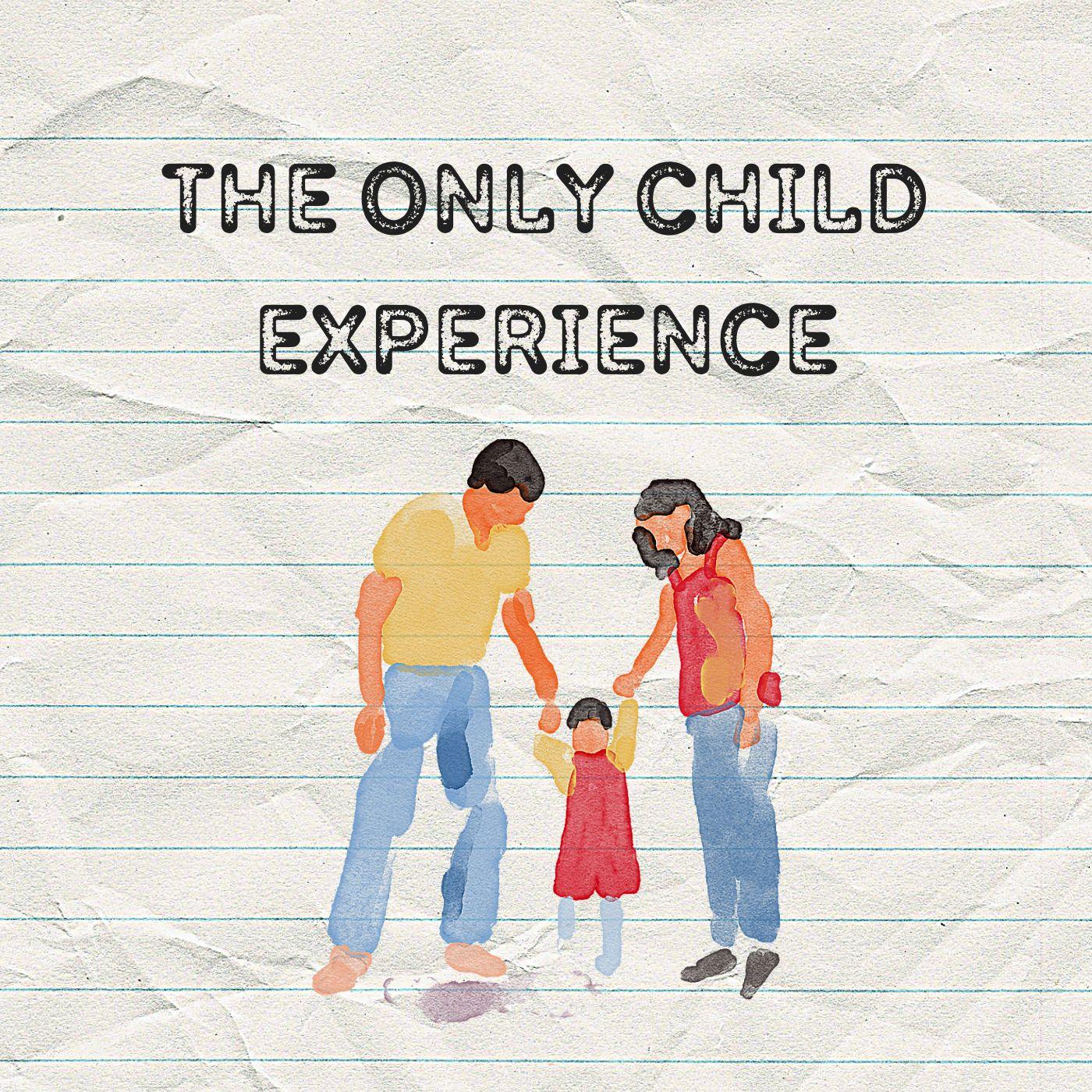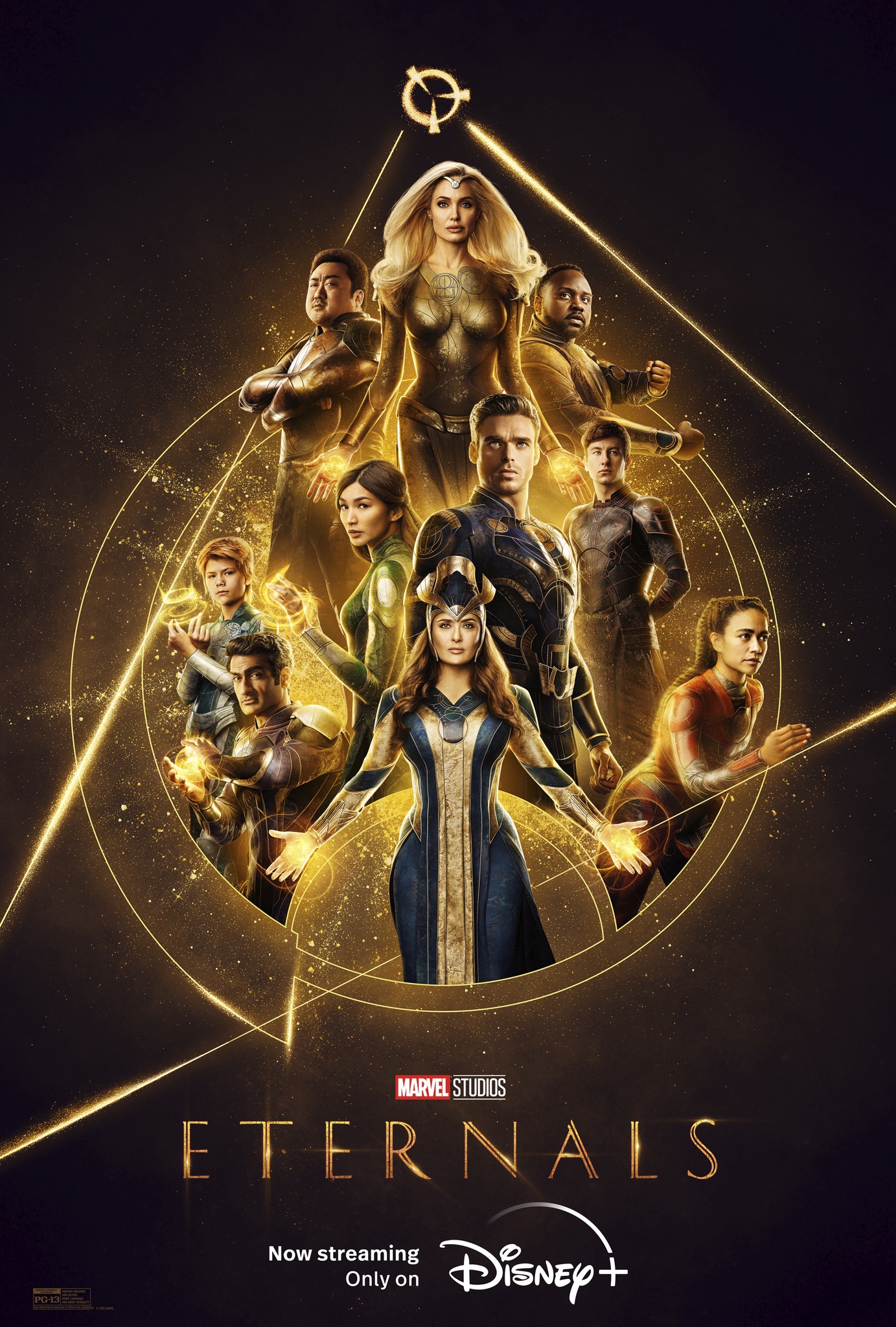‘Avatar: The Last Airbender’ is the best TV show you’ll ever see

Long ago, families tuned in every week to watch Michael DiMartino’s and Bryan Konietzko’s “Avatar: The Last Airbender.” Fifteen years after its premiere, the show is enjoying a resurgence in popularity — evidenced by its May 18 arrival on Netflix, where it stayed on the streaming service’s top 10 list for 61 consecutive days, according to forbes.com.
The show’s worldbuilding, captivating storytelling and character development make it, without a doubt, the best TV show I’ve ever seen. Here’s the proof.
Taking place in a world made up of four nations — the Water Tribe, Earth Kingdom, Fire Nation and Air Nomads — “Avatar” follows Avatar Aang and his friends (aka Team Avatar) as they deal with the consequences of a 100-year-long war between the Fire Nation and the other nations.
These nations also represent the elements introduced in the show’s introduction: “Water. Earth. Air. Fire. Long ago, the four nations lived in harmony. Then, everything changed when the Fire Nation attacked.”
“Benders” from each nation have control over their respective elements, having the ability to manipulate or “bend” an element whichever way they please. As the guardian of this world, the Avatar — who is reborn into a different nation each lifetime — is imbued with the power of control over all four elements.
Watching the show, I was oddly reminded of the famous Julius Caesar quote, “I came; I saw; I conquered.” That is to say, the creators knew exactly what story they wanted to tell — one driven by character development rather than plot progression — and they implemented it clearly and effectively.

Aang, who has been frozen in an iceberg for 100 years, has to master all four elements and defeat the evil Fire Lord Ozai before summer’s end. “Avatar” uses this simple end goal to pace the series while abandoning the traditional episodic approach and successfully using longer story arcs. This gives episodes plenty of time to introduce background lore and to explore the world surrounding Team Avatar, as well as the characters individually.
I’m not much of a TV show enthusiast, but I’ve watched shows that have countless throwaway side characters and never seem to know when to throw in the towel — yes, I’m looking at you, “The Flash.”
Katara, Aang’s friend, in the episode “Imprisoned.” (Photo: Nickelodeon)
Thankfully, “Avatar” is an exception. It offers compelling side characters like Zuko — the honor-seeking banished prince of the Fire Nation who chases Team Avatar — and Toph, who is easily the coolest blind character in all of animation; she uses her earthbending ability to see through her feet by sensing vibrations in the ground around her.
The writers develop these characters fully, using character-specific obstacles that make each character more meaningful.
Aang, for example, has to grapple with the idea of killing Ozai to end the war — an idea that goes against his monk raising of respecting all life.
The show also does an amazingly good job of balancing the kiddish humor intrinsic to children’s shows with more mature themes like war. However, the first season is a little heavy on the “children’s” part, complete with that haha-you-fell humor.
Now don’t get me wrong, watching Appa, Aang’s flying bison, blow snot all over Sokka — the comic relief of the team — is pretty funny, but that kind of humor gets old quickly.
Don’t worry, though. Seasons two and three delve more into the ramifications of the war.
In fact, the series as a whole reminds me of the original trilogy of “Star Wars”: season one is where the Avatar returns and there’s new hope for the world; meanwhile, seasons two and three take a more serious path, showing the scale of the war.
However, the show ditches big army-versus-army battles for small-scale fights that progressively get better as the characters’ skills develop.
Aang (left) stares into a sunset in “Avatar: The Last Airbender,” and Toph (right) hangs from a blimp during a fight. (Photos: Nickelodeon)
Normally, this would present a problem: the magnitude of the war can’t be physically shown without big battles. But “Avatar” resolves this by showing the consequence of war rather than the fighting.
For example, when Aang travels to an air temple, he finds out the Fire Nation has wiped out the entire Air Nomad population, making him the last airbender. (Yeah, we definitely didn’t see that one coming.)
Or, scenes with Fire Nation soldiers arresting civilians for using earthbending, delineating the scope of the terror inflicted by Fire Lord Ozai.
The show’s world design draws heavy influence from Eastern cultures. The Earth Kingdom features Chinese-inspired architecture; the Air Nomads have a lifestyle similar to that of Tibetan monks; likewise, the Fire Nation draws inspiration from Imperial Japan in its quest for colonization. The only exception is the Water Tribe, which bears a close resemblance to the Inuit, who live in the Arctic regions.
The show’s soundtrack also uses Eastern instruments like the erhu, a violin-like Chinese instrument, to accompany the overall Asian aesthetic of the show.
All in all, “Avatar” floored me with its beautiful soundtrack, character growth, realistic worldbuilding and well-written story.
The show, along with its sequel series, “Legend of Korra,” is available to watch on Netflix. If you don’t want to watch it, well … as Zuko puts it, “That’s rough, buddy.”
[letsreview]
— By Arijit Trivedi
All Photos: Nickelodeon
Originally published in the Sept. 22 issue of the Octagon.


